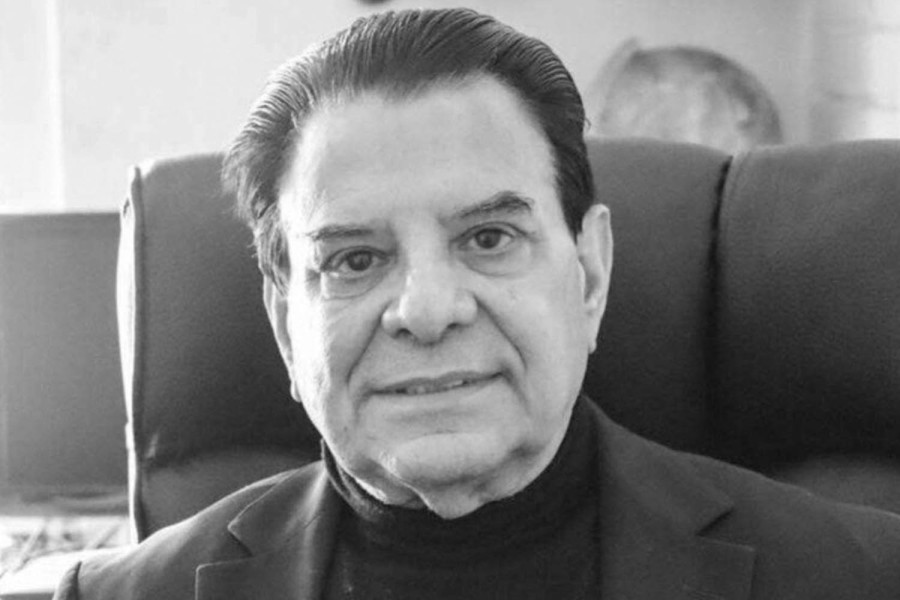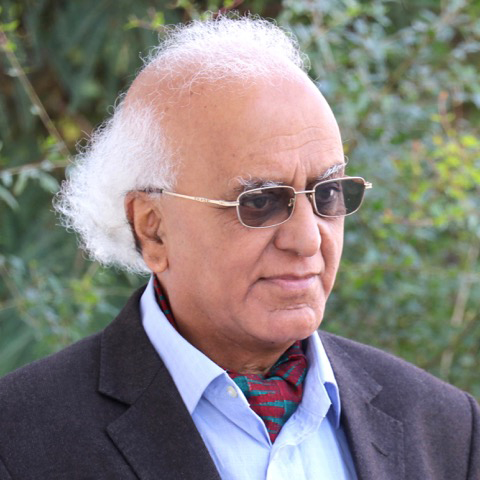Columns
Of tourism and pioneers
Mishra's innovation and activism stemmed from the blend of his vision and action.
Abhi Subedi
The demise of Basanta Mishra, a pioneer and champion of modern tourism in Nepal, on October 20, 2024, came as a jolt to many. They have been expressing their grief and thoughts about him. Personally, the news deeply shook me. Mishra was my English literature student at Patan college nearly half a century ago, shortly after I joined teaching. He was a talented young man, who had already begun working in some ways in the domain opened up by tourism in Nepal. He was a friend who shared his fresh visions about tourism, ecology and the humanism associated with that. Always bright, creative and vigilant, Mishra kept up his great spirit by working as a promoter and pioneer of some important ways of promoting tourism in Nepal.
Those involved in the tourism sector recognised his genius because he widened the horizons of modern tourism. Mishra established links with the new modalities that prevailed outside. Moreover, he introduced new ways of establishing tourism as a serious and creative profession for the younger generation, who wanted to bring in more tourists and open up the possibility of introducing Nepal's exotic physical and cultural features.
When Mishra joined this field, Nepal was bracing for a revolution in modern tourism that called for new talents and fresh initiatives to enter this profession. Such initiatives would embody the history of the changing modes of Nepali tourism. Mishra grew up in a culture that perceived tourism as part of a consciousness that developed in modern Nepal. A combination of human and pragmatic qualities shaped Nepali's perception of tourism. Young people were becoming interested in the creative dimensions of tourism unfolding in Asia, carrying both excitement and challenges. He represented that generation and worked with the crop of new entrants. The reason for Mishra’s continuum both as an innovator and activist was that he combined vision with activism.
It is common to share some Shangri-La imaginaire about Nepal. The narratives about Nepal having the three highest Himalayan peaks and other stories about flora, fauna and culture deeply reflect that psyche. One thing that rightly strikes us is the subject of displaying Nepal's exotic, exquisite and unique features to those who visit this land to see them. You become meaningful only when others come and see those unique features of your land, culture and people. These people would be variously named as foreigners, visitors and lovers of the exotic features of Nepal. It became so entrenched in our psyche that we began to accentuate the selfsame features of Nepal in our projections and stories. But who showed those features to whom and who owned them up has an interesting and important history of its own.
Broadly, two types of people appeared to foster a tourism culture in Nepal. Those who constituted the first type were people whose focus was on hunting animals. I have written an article on this aspect of tourism under the rubric No tiger for breakfast (January 4, 2024, The Kathmandu Post). Some of the early publications harp on this archetypal theme that shows hunting as the most dominant metaphor for the exotic feature of Nepali land teeming with beautiful wild animals. We find the first reference to that in Jung Bahadur's diary of 1875, titled Battis salko rojanamcha.
The other important text is Michel Peissel's Tiger For Breakfast: The Story of Boris of Kathmandu, published on different dates, the latest being 2019. To cite from the text, "The hero of this book is Boris Lissanevitch, ‘the famous ballet dancer and night-club king who goes hunting with film stars and maharajas.’" All this had begun by 1960. A few metaphors like this and The Royal Hotel constituted the lingo of early tourism in Nepal. It sounds strange when we find that hunting, the popular metaphor of adventure, then should be the genesis of tourism in Nepal that had its origin in British colonial rule. The Rana rulers of Nepal were cleverly playing with this psyche of the British rulers and their representatives in India.
When young people interested in culture, poetry and arts got involved in tourism, they totally changed the focus of exoticism in the field. They knew what was there in store for the visitors to see. The lofty heights, the exotic flora and fauna of this land, people, festivals and cultural monuments were waiting for them. Mishra represented this generation. They operated with a double bind shaped by a need to open up what was there and to take the visitors to the approachable spots. Trekking and visiting the sites were part of that. His role was that of what the press said: Tourism entrepreneur. Other appellations included his role in establishing the Nepal Tourism Board, promoting Nepali tourism worldwide through various activities and holding different positions in tourism organisational structures.
Mishra had the ability and imagination to work in the transitional times. Many talented tourism entrepreneurs of the young generation emerged during this period. Mishra worked with different generations of these entrepreneurs and aspirants. He shared his experience of working with diverse groups of people engaged in this field. It is established that tourism culture combines both utopic and pragmatic visions. In his book The Imperial Archive (1993), Thomas Richards says an important segment of the tourists came to Nepal in search of a surrogate Shangri-La after it was believed to have been lost. Nepal needed a creative generation of tourism operators who could understand this psyche. Some of these entrepreneurs emerged in Nepal.
Many talented tourism operators and promoters are working in this field today. However, understanding this psyche and creating conditions for tourism operations was challenging, especially during the late sixties and seventies in Nepal. I witnessed that period closely and befriended foreign poets, writers and artists known as hippies. But tourism as we know it today seriously began after that period. And that continues to constitute the shape of tourism in Nepal. Tourism entrepreneurs and operators now believe that they have found the language and modus operandi to advance it further. They, including Mishra, worked in hard times like the 2015 earthquakes and Covid-19. His death is a significant loss to Nepali tourism. I pay tribute to this wonderful human being, Basanta Mishra, a pioneer, my student and a friend!




 18.24°C Kathmandu
18.24°C Kathmandu














